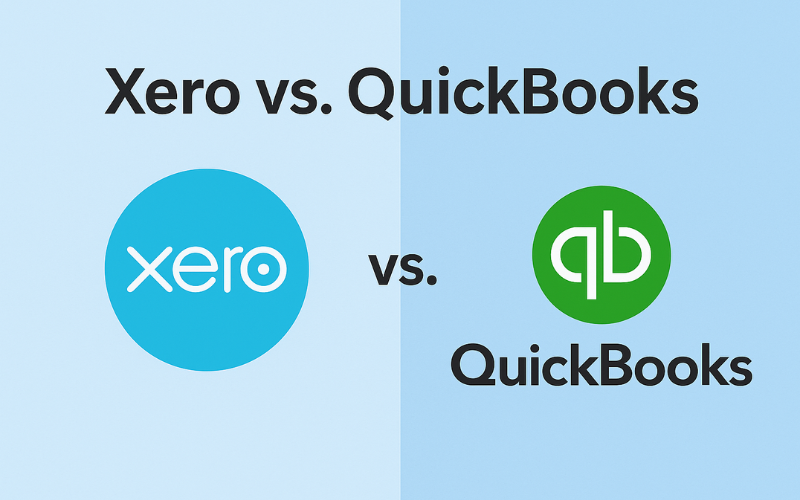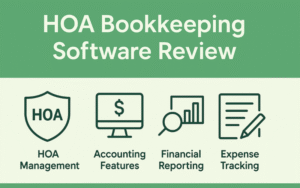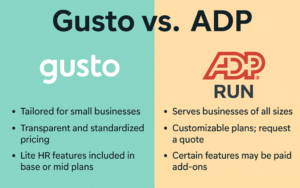If you’re running a small business, understanding year-end accounts is crucial — not just for legal compliance, but for your long-term success. These financial documents summarize your business’s performance over the year and provide insights that help you plan smarter, manage taxes, and avoid penalties.
In this beginner-friendly guide, we’ll break down what year-end accounts are, why they matter, and how you can prepare them with confidence. Whether you’re handling your own bookkeeping or working with an accountant, this step-by-step guide is your roadmap to closing the financial year like a pro.
What Are Year-End Accounts?
Year-end accounts, also known as annual accounts or statutory accounts, are a formal summary of your business’s financial activity over the course of the fiscal year.
Typically, they include:
- Profit and Loss Statement (P&L) – shows income and expenses
- Balance Sheet – snapshot of assets, liabilities, and equity
- Notes to the Accounts – detailed breakdowns or explanations
- Directors’ Report (for limited companies)
Who Prepares Them and When?
- For sole traders, you may prepare simpler financial statements to support your tax return.
- For limited companies, year-end accounts must be filed with Companies House (UK) or relevant regulatory bodies.
- Typically, businesses prepare these accounts after the financial year ends, often aligning with the tax year.
Why Are Year-End Accounts Important for Small Businesses?
Here’s why you can’t afford to skip or underestimate year-end accounts:
1. Tax Reporting
Year-end accounts form the basis for corporation tax (for companies) or income tax (for sole traders). They ensure accurate tax filing and help you claim deductions.
2. Legal Compliance
Filing late or incorrect accounts can lead to penalties or legal action, especially for incorporated businesses.
3. Informed Decision-Making
With accurate financial data, you can:
- Evaluate profitability
- Identify overspending
- Plan growth or cutbacks
4. Investor or Lender Confidence
Professional, clear accounts help build trust with banks, investors, and potential partners.
Step-by-Step Guide to Preparing Year-End Accounts
Following this step to step guide will help you in preparing year end accounts professionally:
1. Organize Your Financial Records
Start by gathering:
- Invoices
- Receipts
- Bank statements
- Payroll records
- Loan agreements
2. Reconcile Accounts
Match your internal records with bank statements to ensure accuracy. Use software or manual checks to resolve any discrepancies.
3. Finalize All Transactions
Ensure all income and expenses are recorded. Close open invoices and confirm payroll data is complete.
4. Prepare the Financial Statements
Using your records, generate:
- P&L statement – summarizes business performance
- Balance sheet – shows what the business owns vs owes
5. Submit to Relevant Authorities
- Companies House (UK) – for limited companies
- HMRC or IRS – for tax filing Check deadlines: e.g., in the UK, accounts must be filed within 9 months of year-end.
Common Mistakes to Avoid
Avoid these pitfalls to keep your books clean and your stress low:
- Missing submission deadlines
- Forgetting to include all income or expenses
- Poor recordkeeping or mixing personal/business expenses
- Ignoring small errors — they can compound over time
Do You Need an Accountant or Can You Do It Yourself?
- If your business structure is complex (e.g., limited company)
- You lack time or confidence
- You’re dealing with multiple revenue streams or VAT
Pros and Cons
DIY Approach
- ✅ Saves money
- ✅ Increases financial understanding
- ❌ Risk of errors
- ❌ Time-consuming
Using an Accountant
- ✅ Accurate and compliant accounts
- ✅ Saves time
- ❌ Costly for very small businesses
Tools and Software That Can Help
Here are beginner-friendly accounting tools to simplify the process:
| Software | Pros | Cons |
| QuickBooks | Easy UI, good for small biz | Subscription costs |
| Xero | Cloud-based, VAT support | Slight learning curve |
| Wave | Free, ideal for freelancers | Limited features for scaling |
| Zoho Books | Great automation, affordable | Complex interface at first |
Look for features like bank integration, receipt scanning, and tax report generation.
Here is the a brief comparison of QuickBooks Vs Xero

Year-End Accounts Checklist for Small Business Owners
Here’s a quick-reference checklist to get you through year-end prep:
✅ Organize all financial documents
✅ Reconcile all accounts
✅ Record income and expenses completely
✅ Review payroll and VAT returns
✅ Generate and review financial statements
✅ Check deadlines and submit to authorities
✅ Backup data securely
✅ Consult an accountant if needed
Conclusion
Understanding year-end accounts for small businesses is more than a regulatory obligation — it’s a powerful tool for gaining financial clarity, staying compliant, and preparing for growth.
You don’t need to be a numbers expert to get it right. With the right tools, guidance, and a bit of planning, you can take control of your business’s financial story and start each new year on solid ground.
Simplify your small business finances with expert accounting you can trust — Get started with Sunrise Accountants today!




